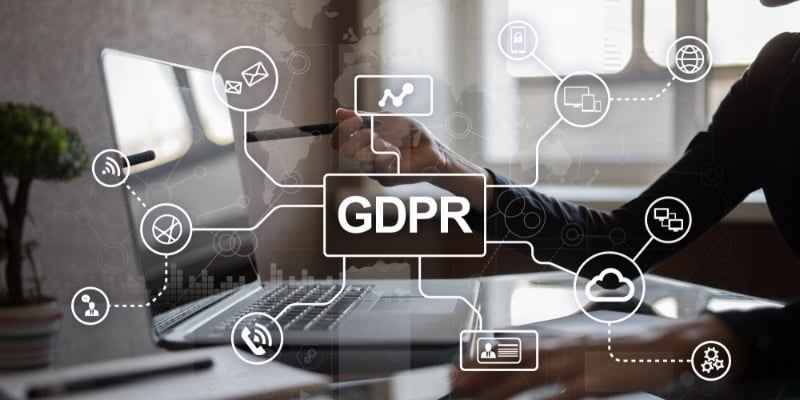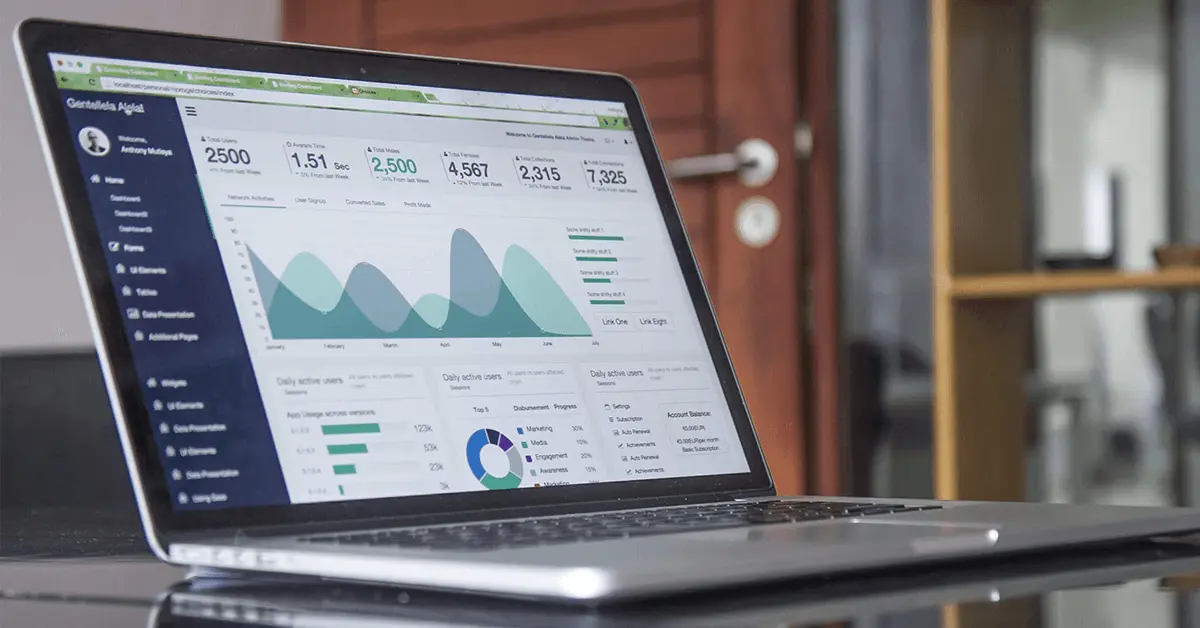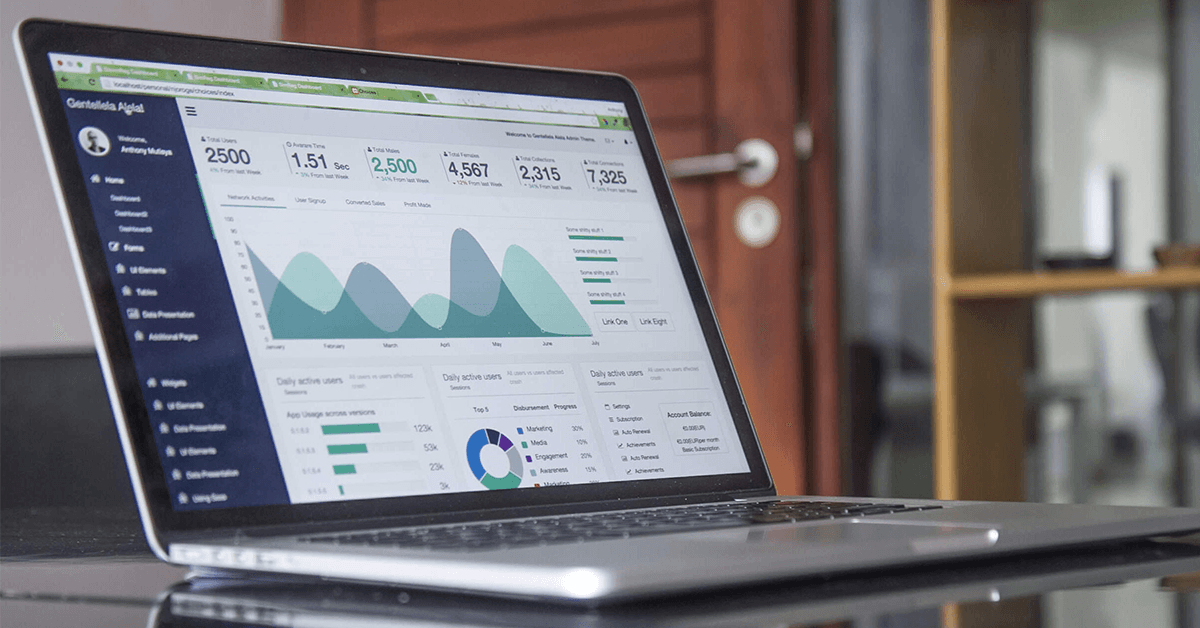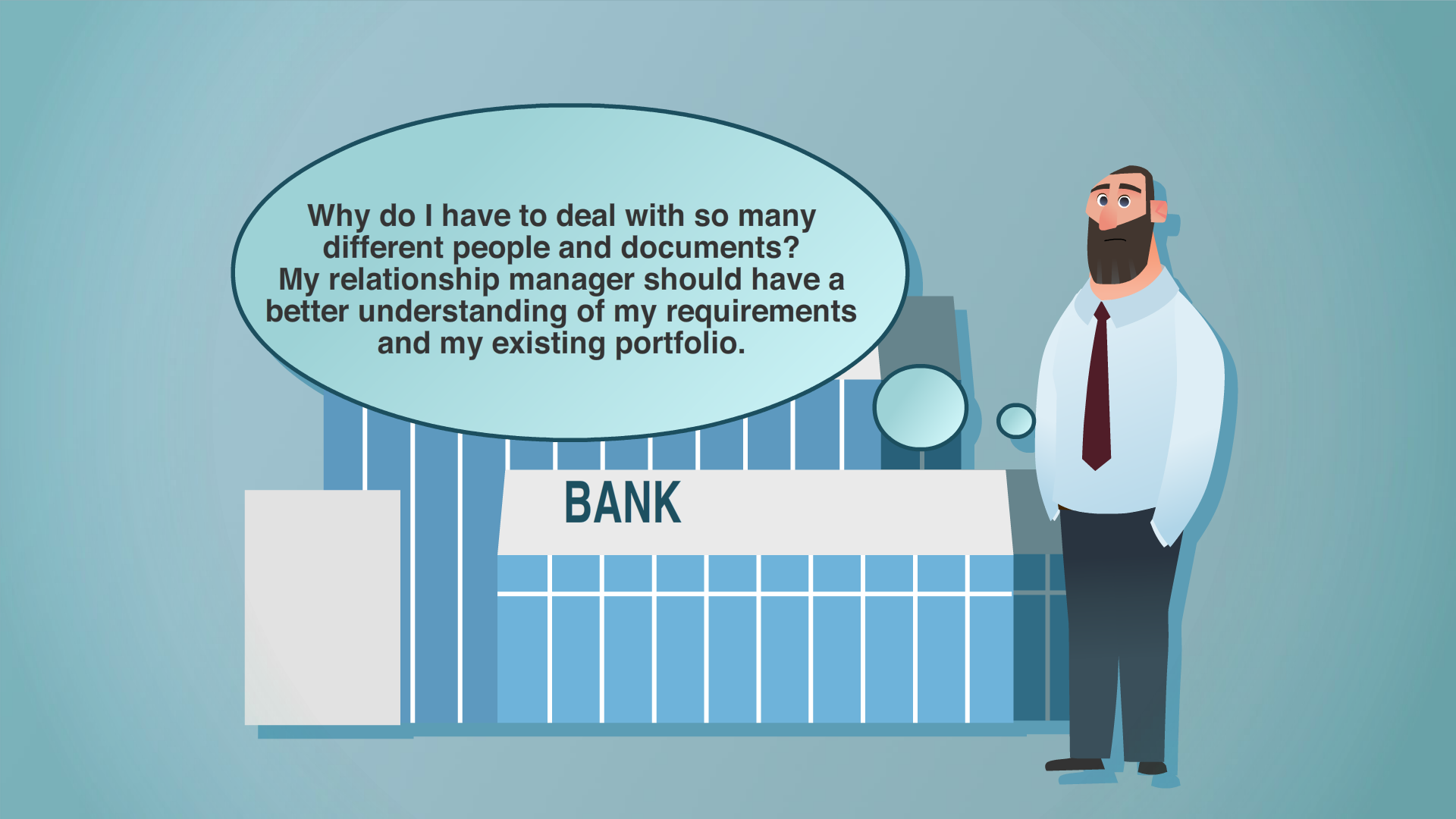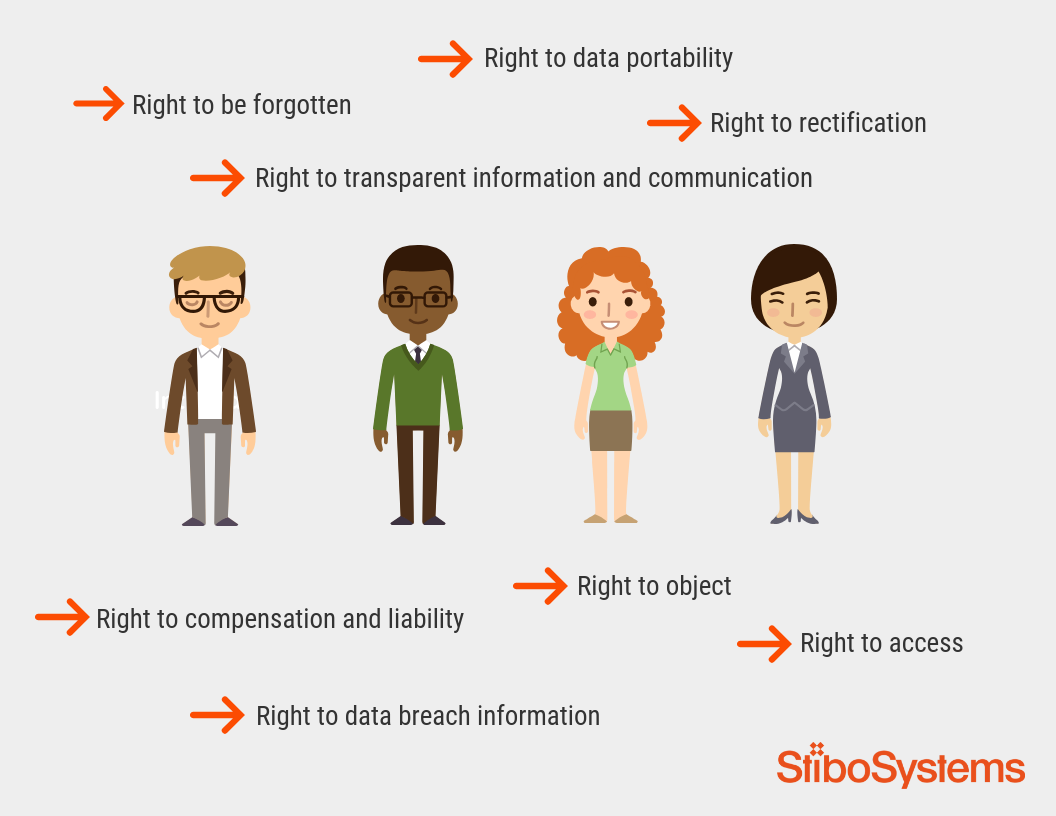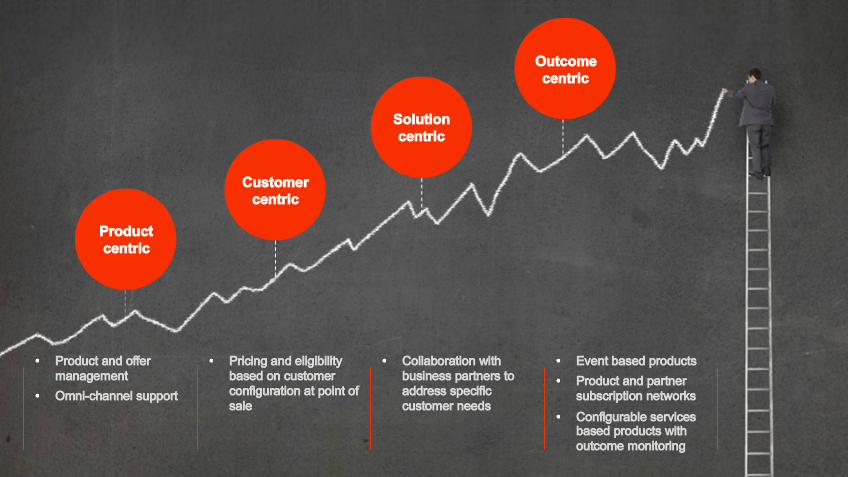Supplier data information management services are a critical function for organizations that rely on third-party suppliers to provide goods and services. Effective supplier information management enables organizations to manage supplier data, mitigate supplier risk and optimize procurement and supply chain management processes. However, many organizations struggle with implementing effective supplier information management practices, resulting in poor data quality, compliance issues and increased supply chain risk.
In this blog post, we will explore the importance of supplier information management, the challenges of implementing supplier information management and best practices for implementing an effective supplier information management strategy. By the end of this post, you will have a better understanding of how to optimize your supplier information management practices and improve your organization's supplier data management and risk mitigation capabilities.

What is supplier information management?
Supplier information management refers to the processes and tools used to collect, validate, manage and maintain the data and information related to a company's suppliers. Supplier information management is a critical part of the procurement and supply chain management process as it helps organizations ensure that they are working with reliable and trustworthy suppliers.
Supplier information management typically involves collecting information about suppliers' business, financial and operational practices as well as their compliance with legal and regulatory requirements. This information is used to assess the risk of working with a particular supplier and to develop strategies for managing that risk.
The main objective of supplier information management is to provide organizations with a comprehensive view of their suppliers, including their capabilities, strengths, weaknesses and potential risks. This information can then be used to make informed decisions about which suppliers to work with, how to negotiate contracts and how to manage supplier relationships effectively. Supplier information management can also help organizations to identify opportunities for cost savings and process improvements by optimizing their supplier base.
Supplier information management features
Supplier information management platforms typically include a range of features to support the collection, validation and management of supplier data. Some of the key features of supplier information management platforms include:
-
Supplier data collection: Supplier information management platforms typically provide tools for collecting and consolidating supplier data from various sources, including supplier self-registration, third-party data providers and internal databases.
-
Supplier data validation: To ensure the accuracy and completeness of supplier data, supplier information management platforms typically include validation tools such as data standardization, verification and enrichment.
-
Risk assessment: Supplier information management platforms enable organizations to assess the risk associated with working with a particular supplier. This may include evaluating the supplier's financial stability, compliance with legal and regulatory requirements and adherence to ethical and environmental standards.
-
Performance monitoring: Supplier information management platforms enable organizations to monitor the performance of their suppliers, including factors such as on-time delivery, quality and responsiveness.
-
Relationship management: Supplier information management platforms support the management of supplier relationships by providing tools for communication, collaboration and contract management.
-
Reporting and analytics: Supplier information management platforms provide reporting and analytics capabilities to enable organizations to gain insights into supplier performance, risk and compliance.
-
Integration: Supplier information management platforms can be integrated with other procurement and supply chain management systems such as e-procurement, e-sourcing and contract management systems.
Overall, the features of supplier information management platforms are designed to help organizations manage their supplier base effectively, reduce risk and drive better business outcomes.
What are the benefits of supplier information management?
Supplier information management can provide numerous benefits to organizations. Here are some of the key benefits:
-
Improved supplier visibility and transparency: Supplier information management enables organizations to collect and consolidate data about their suppliers providing a comprehensive view of their supplier base. This improves visibility and transparency making it easier to manage supplier relationships and make informed decisions.
-
Better risk management: Supplier information management enables organizations to assess and manage the risks associated with working with suppliers. By collecting data on suppliers' financial stability, compliance with legal and regulatory requirements and adherence to ethical and environmental standards, organizations can make better-informed decisions and reduce the risk of supplier-related issues.
-
Enhanced supplier performance: Supplier information management platforms enable organizations to monitor supplier performance, including factors such as on-time delivery, quality and responsiveness. This can help organizations identify opportunities for improvement and work collaboratively with suppliers to enhance performance.
-
Cost savings: By optimizing their supplier base, organizations can reduce costs associated with procurement and supply chain management. Supplier information management can help organizations identify opportunities for cost savings by streamlining procurement processes, negotiating better contracts and identifying more cost-effective suppliers.
-
Improved compliance: Supplier information management enables organizations to ensure that their suppliers comply with legal and regulatory requirements as well as ethical and environmental standards. This helps organizations avoid potential legal and reputational risks associated with non-compliance.
-
Better decision-making: By providing a comprehensive view of their supplier base and enabling better-informed decisions, supplier information management can help organizations drive better business outcomes.
Overall, the benefits of supplier information management are numerous and can help organizations improve supplier management, reduce risk and drive cost savings and better business outcomes.
What are the challenges of implementing supplier information management?
Implementing supplier information management can be a complex and challenging process for organizations. Here are some of the key challenges that organizations may face when implementing supplier information management:
-
Data quality and governance: Ensuring the accuracy, completeness and consistency of supplier data can be challenging, particularly when data is collected from multiple sources. Organizations must establish clear data quality and governance practices to ensure that supplier data is reliable and usable.
-
Integration with existing systems: Supplier information management platforms must be integrated with other procurement and supply chain management systems such as e-procurement, e-sourcing and contract management systems. This can be a complex process that requires careful planning and coordination.
-
Adoption and change management: Implementing supplier information management requires significant changes to procurement and supply chain management processes. Organizations must ensure that stakeholders are trained and engaged in the process to ensure that the new processes and tools are adopted effectively.
-
Supplier engagement and compliance: Suppliers may be resistant to providing data or complying with new processes and requirements. Organizations must establish clear communication and engagement strategies to encourage supplier participation and compliance.
-
Data security and privacy: Supplier information management platforms involve the collection and storage of sensitive supplier data. Organizations must establish clear data security and privacy practices to protect supplier data from unauthorized access or use.
-
Cost and resource allocation: Implementing supplier information management can require significant investment in technology, resources and time. Organizations must carefully evaluate the costs and benefits of supplier information management initiatives to ensure that they are aligned with their strategic objectives.
Overall, addressing these challenges requires careful planning, coordination and management to ensure the successful implementation of supplier information management initiatives.
How to choose the right supplier information management solution?
Choosing the right supplier information management solution can be a complex and challenging process. Here are eight key factors to consider when evaluating supplier information management solutions:
1. Functionality
The supplier information management solution should provide the functionality required to meet the organization's specific needs. This may include supplier data management, risk management, supplier performance management, compliance management and reporting and analytics.
2. Integration
The supplier information management solution should be able to integrate with other procurement and supply chain management systems such as e-procurement, e-sourcing and contract management systems. This will ensure that data is shared seamlessly across systems and processes.
3. Usability
The supplier information management solution should be user-friendly and intuitive with an interface that is easy to navigate and use. This will ensure that stakeholders can easily access and use the system to manage supplier data and processes.
4. Customization
The supplier information management solution should be customizable to meet the organization's specific needs. This may include the ability to configure workflows, forms and fields to match the organization's processes and data requirements.
5. Data quality and governance
The supplier information management solution should provide robust data quality and governance features, including data validation, cleansing and enrichment. This will ensure that supplier data is accurate, complete and consistent.
6. Security and compliance
The supplier information management solution should provide robust security and compliance features, including role-based access control, data encryption and compliance with relevant regulations and standards.
7. Vendor expertise and support
The vendor should have a deep understanding of supplier information management best practices and be able to provide ongoing support and expertise to the organization.
8. Total cost of ownership
The supplier information management solution should provide a clear and transparent pricing model that reflects the organization's usage and requirements. The organization should also consider the total cost of ownership, including implementation, training and ongoing maintenance and support.
Overall, choosing the right supplier information management solution requires careful evaluation of the solution's functionality, integration, usability, customization, data quality and governance, security and compliance, vendor expertise and support and total cost of ownership.
Supplier information management best practices and implementation tips
Here are eight supplier information management best practices and implementation tips that can help organizations achieve success with their supplier information management initiatives:
1. Develop a clear strategy
Establish a clear strategy and roadmap for your supplier information management initiative, including specific goals, timelines and key performance indicators. This will ensure that your supplier information management initiative is aligned with your organization's overall business objectives.
2. Define data requirements
Clearly define your data requirements, including the types of data you need to collect, how it should be structured and who is responsible for maintaining it. This will help ensure that your supplier data is accurate, complete and consistent.
3. Implement data quality and governance practices
Implement data quality and governance practices, including data validation, cleansing and enrichment. This will help ensure that your supplier data is reliable and usable.
4. Engage suppliers
Engage your suppliers in the supplier information management process, including providing clear instructions on how to provide data and communicating the benefits of participation. This will encourage suppliers to participate in the supplier information management initiative and provide high-quality data.
5. Integrate with existing systems
Integrate your supplier information management system with other procurement and supply chain management systems such as e-procurement, e-sourcing and contract management systems. This will ensure that data is shared seamlessly across systems and processes.
6. Develop workflows and processes
Develop workflows and processes to manage supplier data and processes, including data collection, validation and approval. This will ensure that your supplier information management initiative is efficient and effective.
7. Train stakeholders
Train stakeholders on how to use the supplier information management system and processes, including suppliers, procurement staff and other relevant stakeholders. This will ensure that the supplier information management system is adopted effectively and used correctly.
8. Monitor and measure performance
Monitor and measure the performance of your supplier information management system and processes, including supplier data quality, compliance and performance. This will allow you to identify areas for improvement and continuously improve your supplier information management initiative.
Overall, implementing these best practices can help organizations achieve success with their supplier information management initiatives, resulting in improved supplier data quality, better supplier risk management and more efficient procurement and supply chain management processes.
Supplier master data management as supplier information management solution
Supplier master data management is a type of supplier information management solution that focuses specifically on managing supplier data. Supplier master data management solutions provide a centralized repository for all supplier data, including supplier profiles, contracts, performance metrics, compliance information and more. By consolidating all supplier data in a single repository, supplier master data management solutions enable organizations to gain a comprehensive view of their supplier relationships, improve data quality and streamline supplier management processes.
One of the key benefits of supplier master data management solutions is their ability to improve data quality. By providing a single source of truth for all supplier data, supplier master data management solutions can help organizations eliminate duplicate records, standardize data formats and enforce data validation rules. This ensures that supplier data is accurate, complete and consistent, which is critical for effective supplier management and risk mitigation.
In addition to improving data quality, supplier master data management solutions can also streamline supplier management processes. By automating workflows and providing real-time visibility into supplier performance metrics, supplier master data management solutions can help organizations identify opportunities for process improvement, optimize supplier relationships and reduce supply chain risk.
When choosing a supplier master data management solution, it is important to consider factors such as data governance, data security, scalability and integration with other procurement and supply chain management systems. By implementing a robust supplier master data management solution, organizations can improve their supplier data management practices, reduce supply chain risk and optimize their procurement and supply chain management processes.






















































































































































